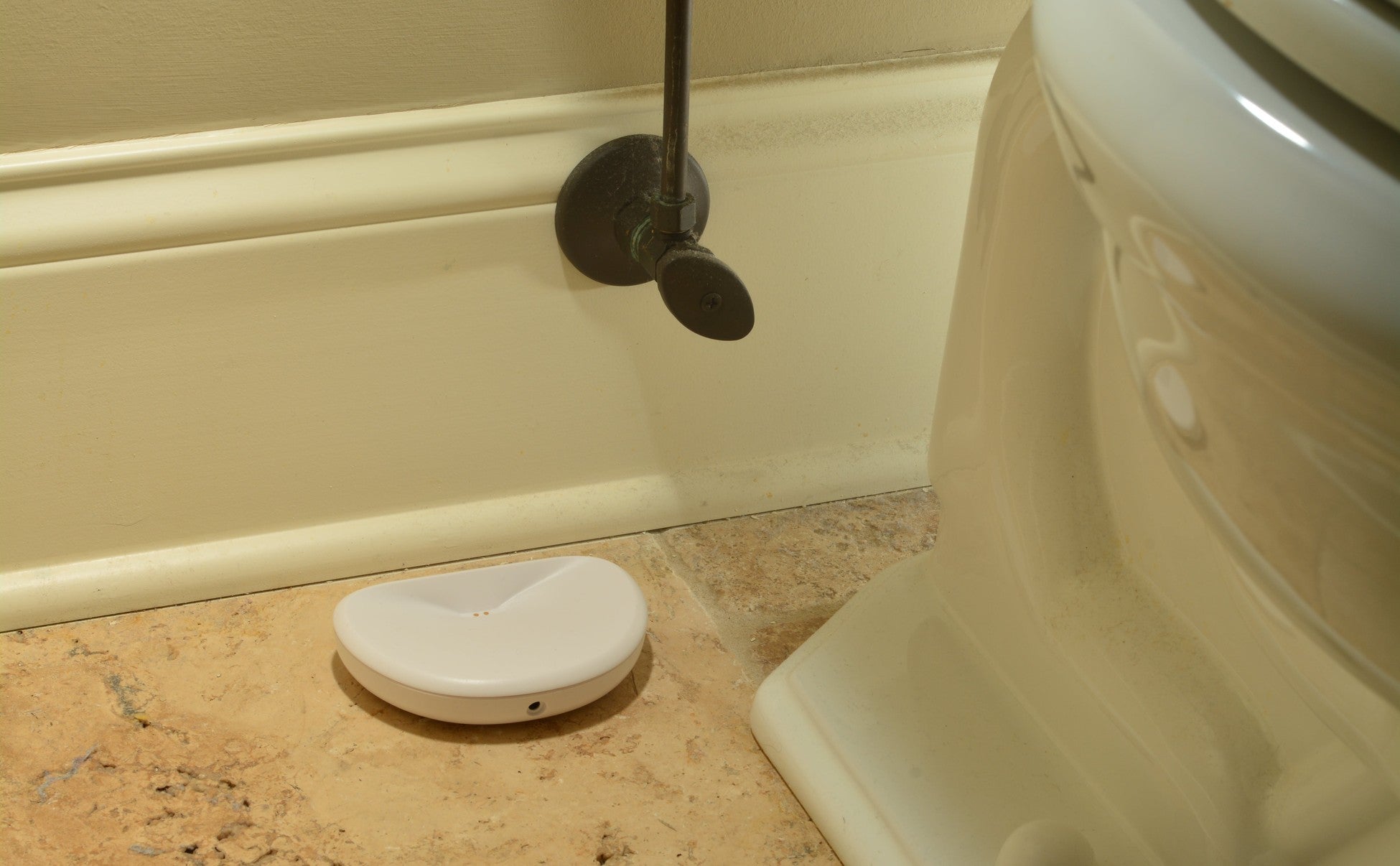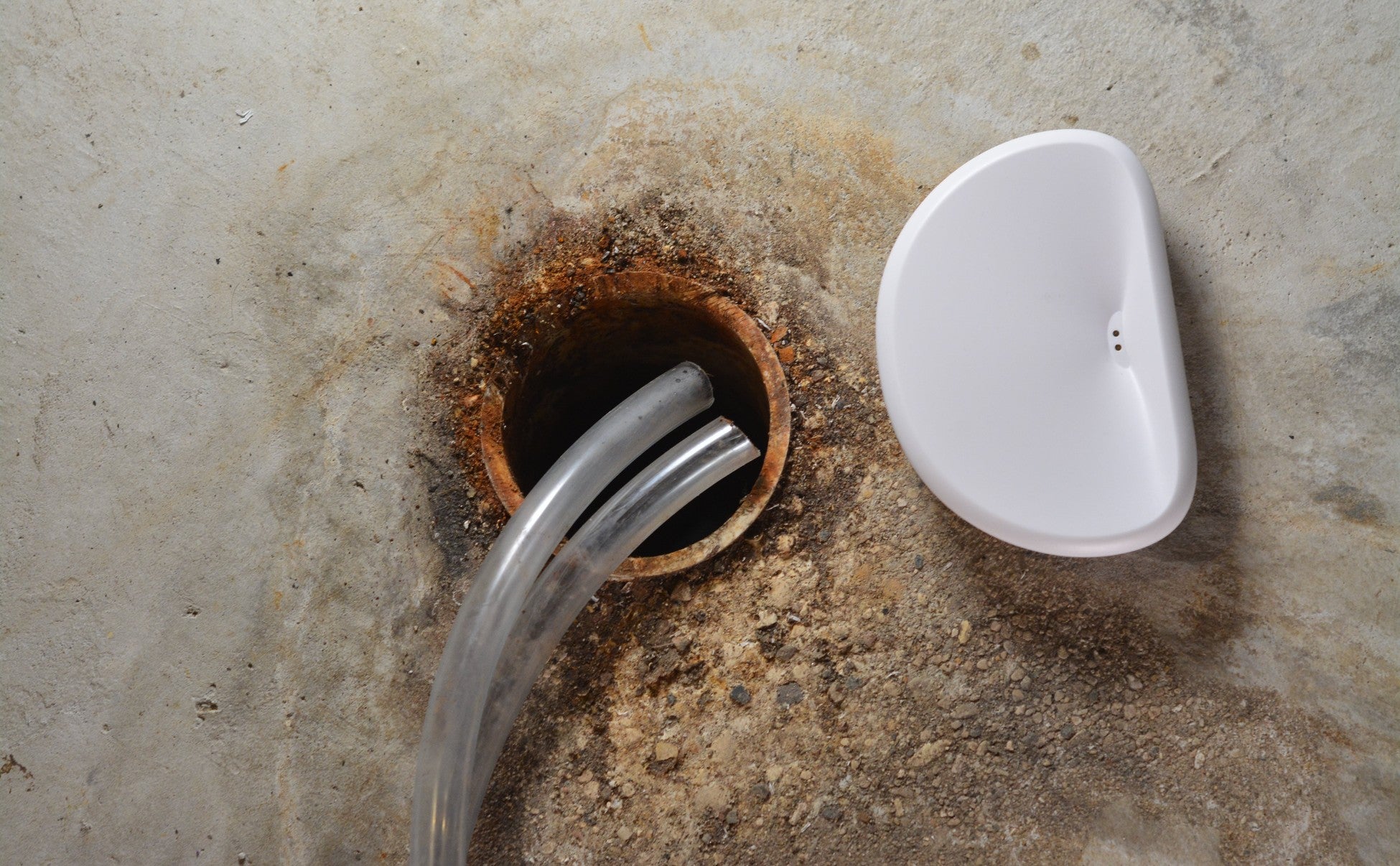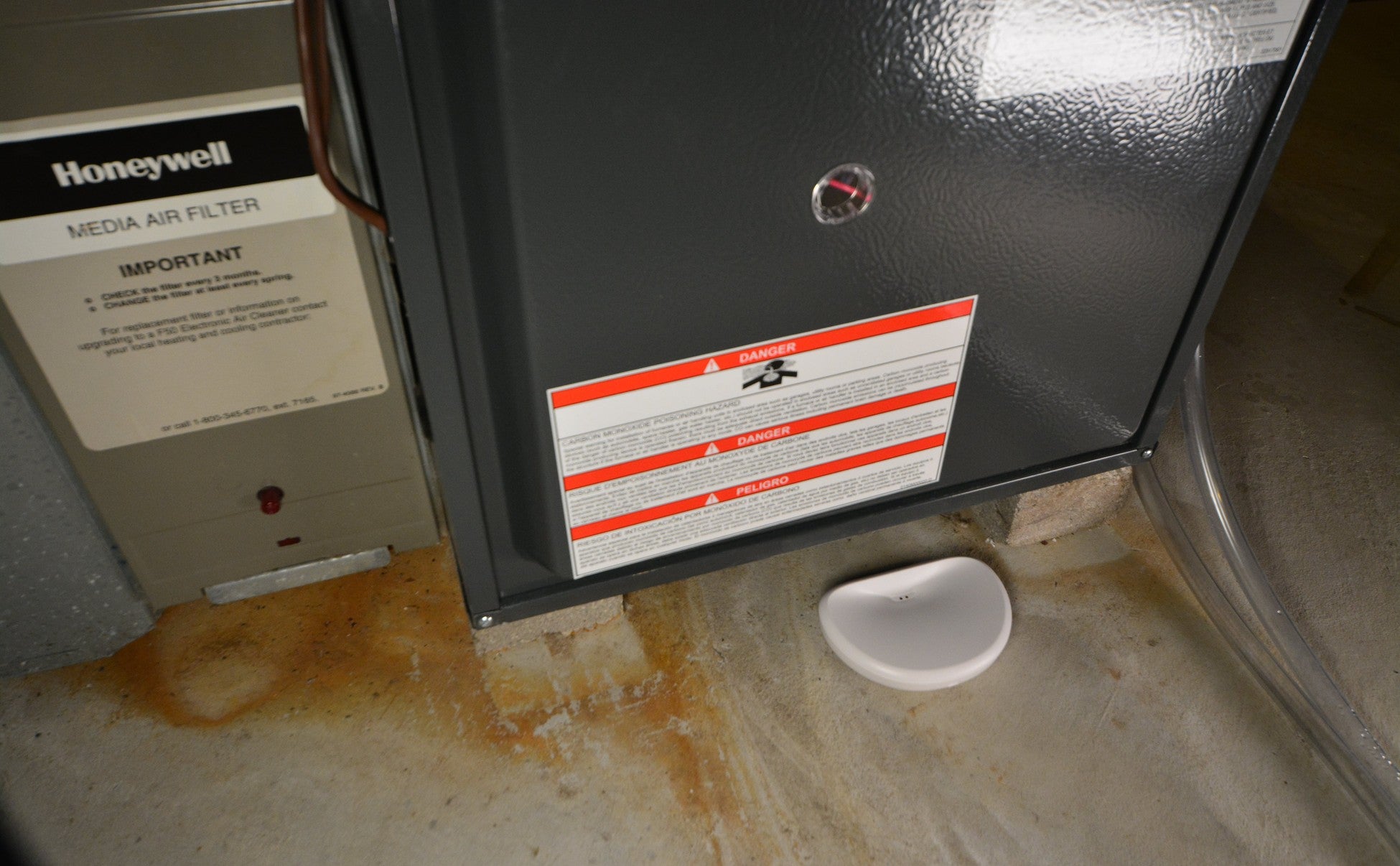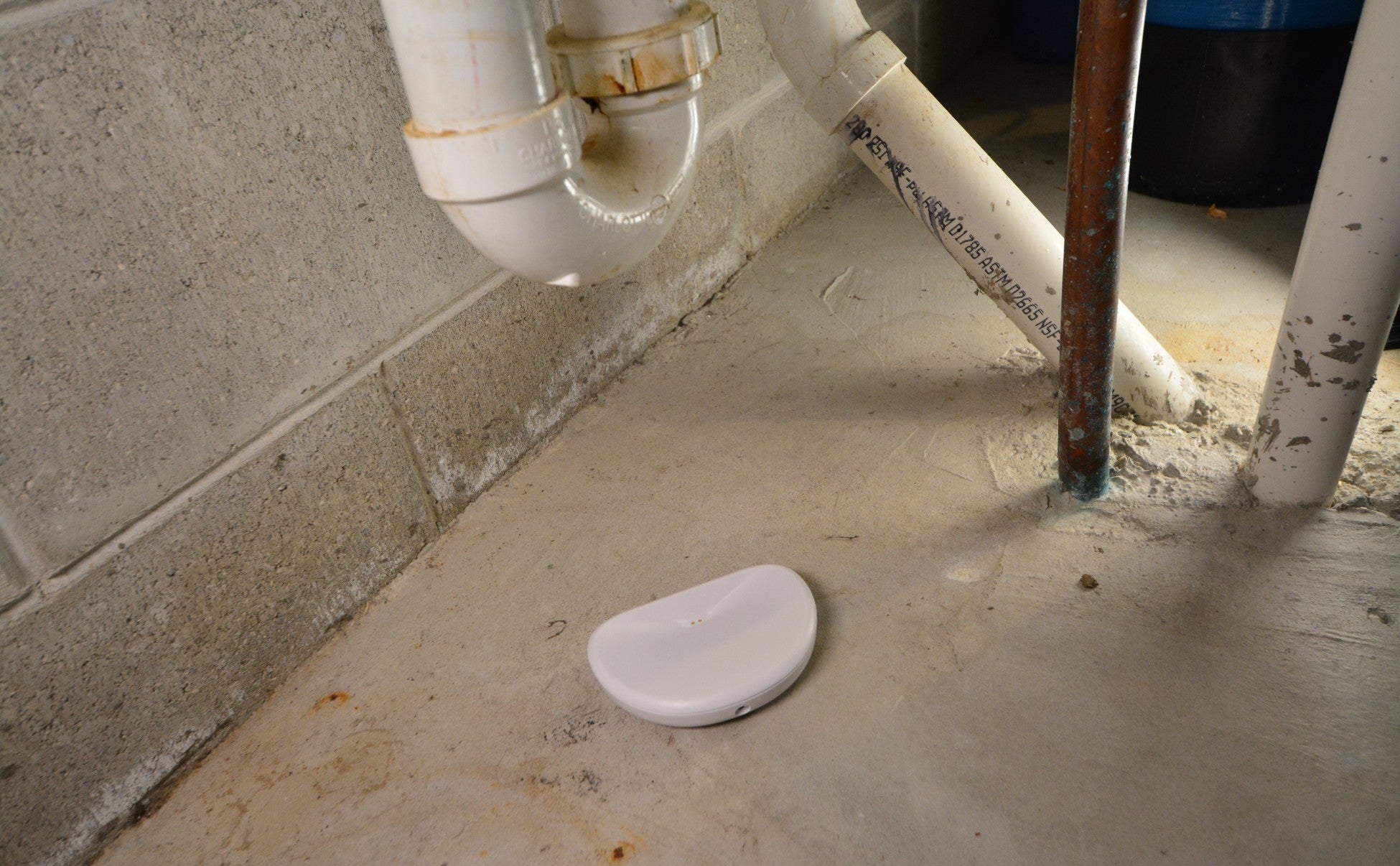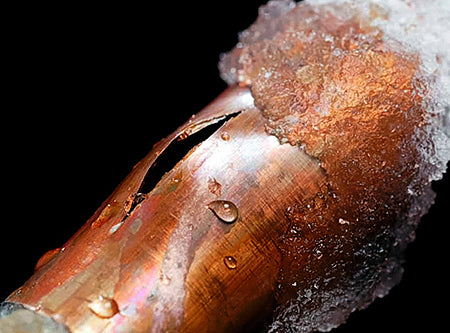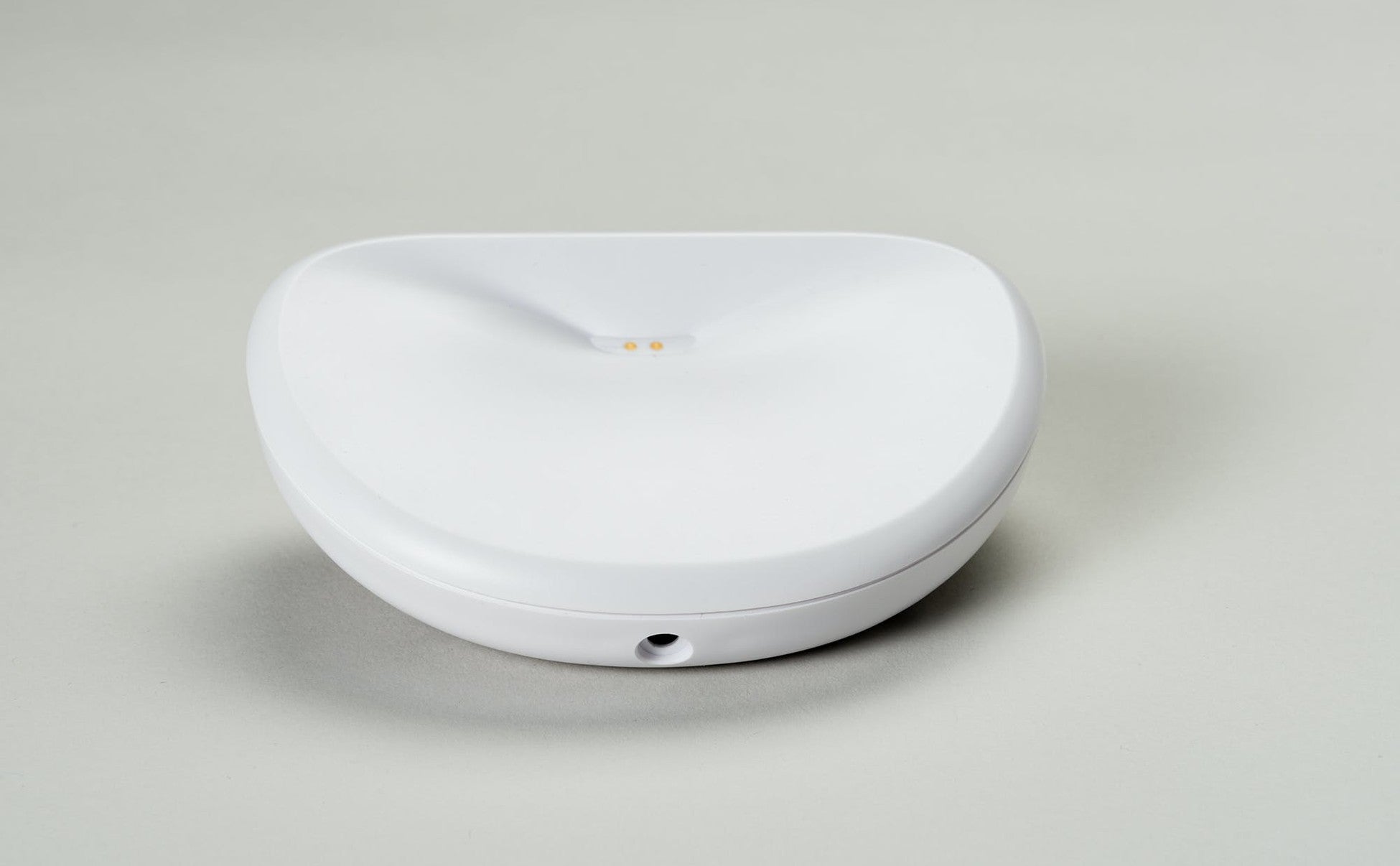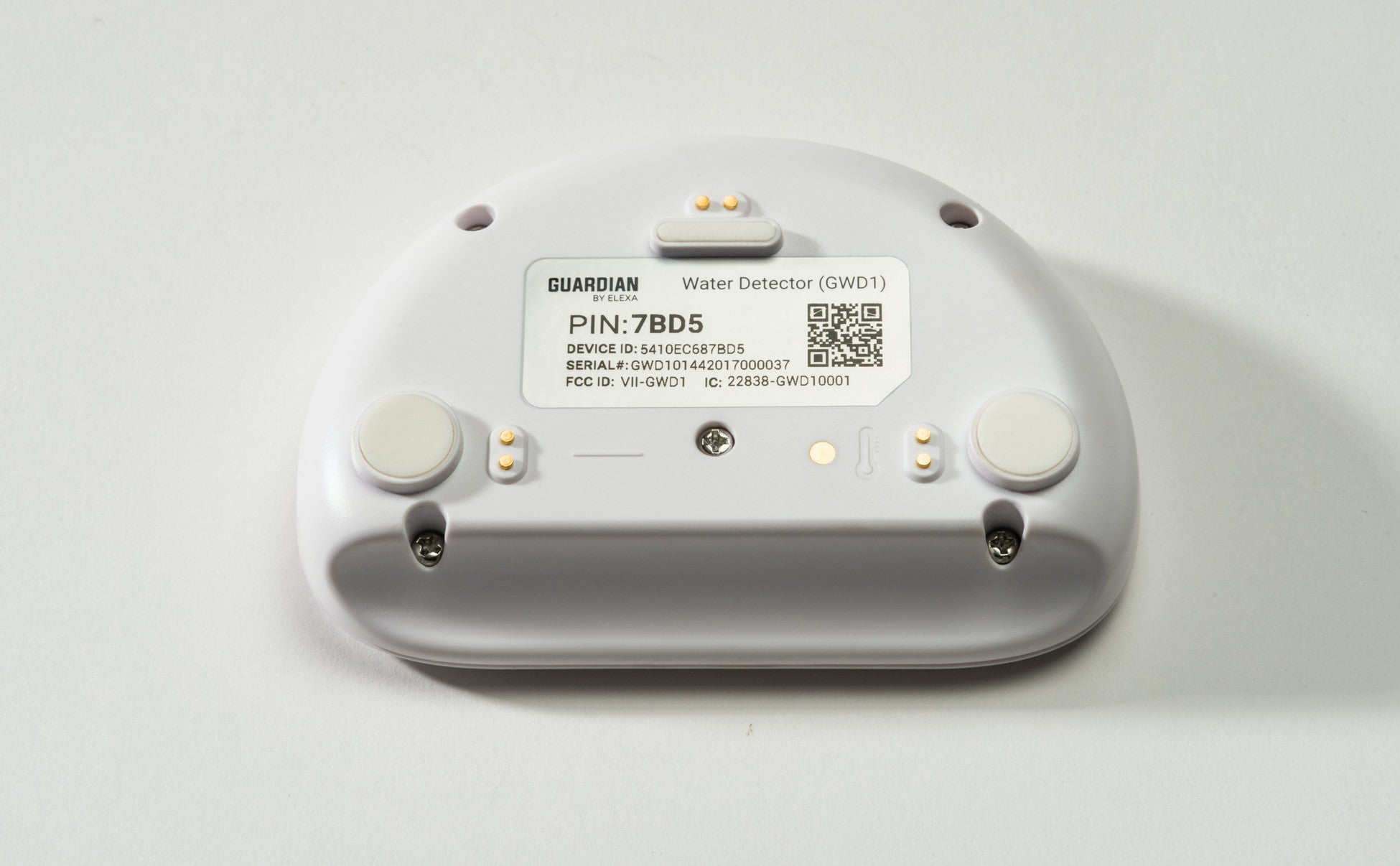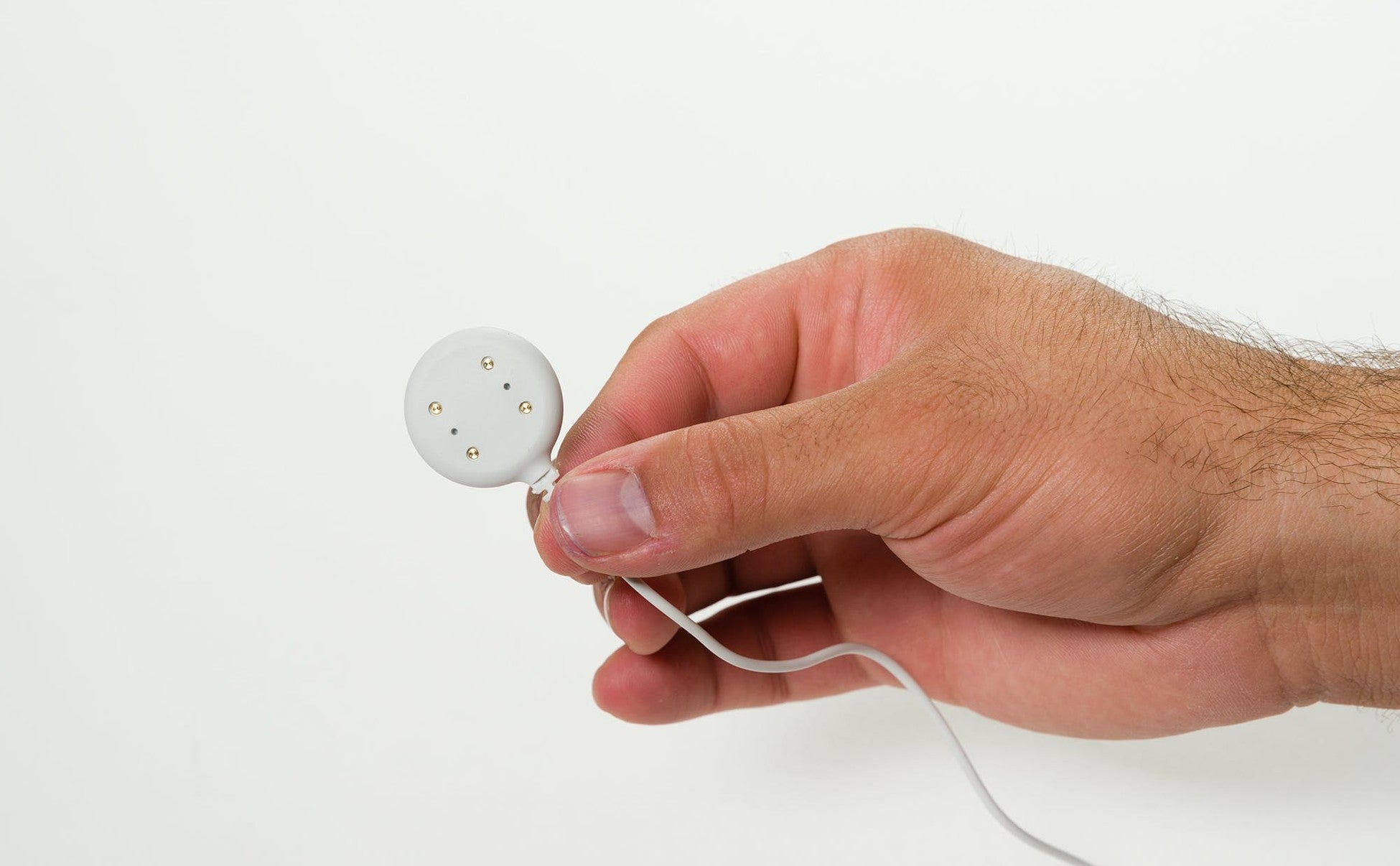Water damage can rise from toilets, appliances, failing drain pipes, clogged drains or gutters, burst water lines, cracked/frozen pipes, open windows, malfunctioning sump pumps, and more. Each of these problems have to be addressed separately, and Guardian can help you along the way. See below for the top 8 places leak happen, and how you can protect them with Guardian:
How Leak Detectors Work
The Leak Detector offers three separate sensors – the Top Sensor, Bottom Sensors, and Remote Sensor – to let you monitor all parts of your home. Keep in mind that water should make direct contact with the sensors for the moisture to be detected.

